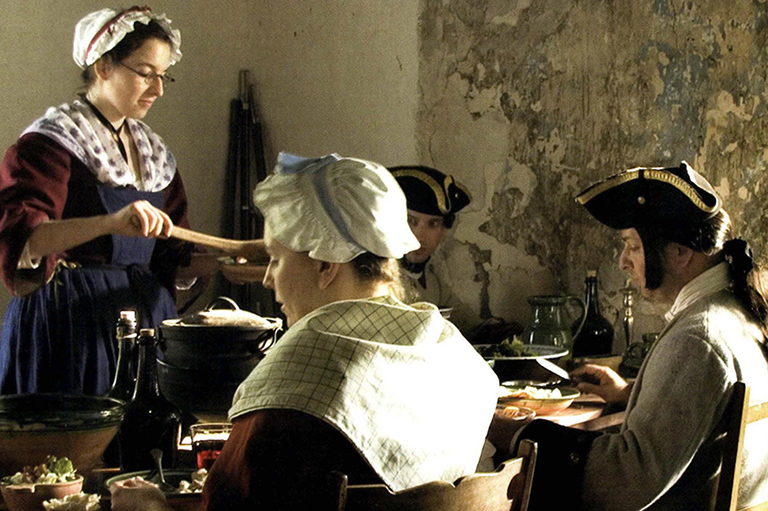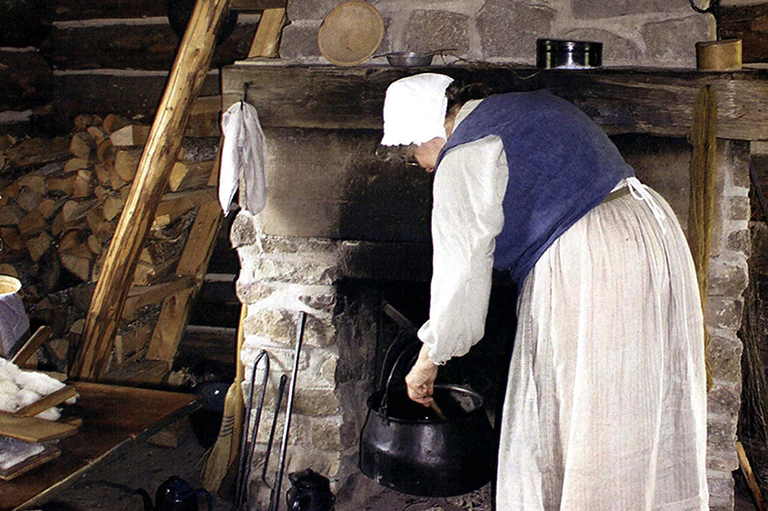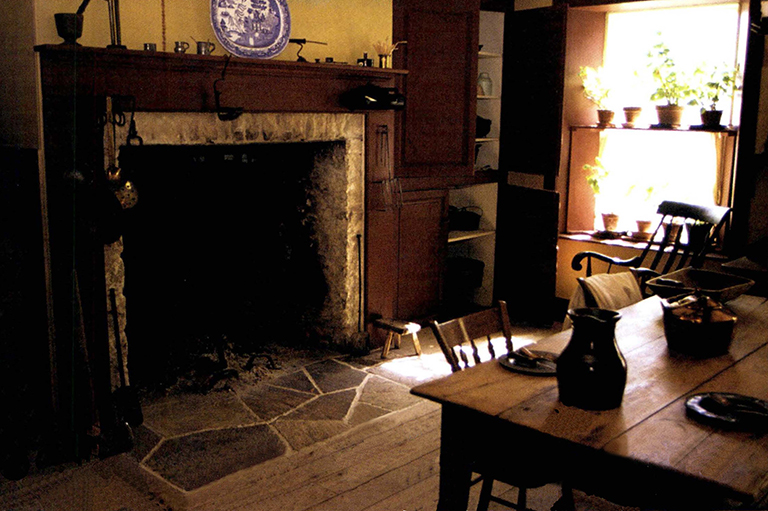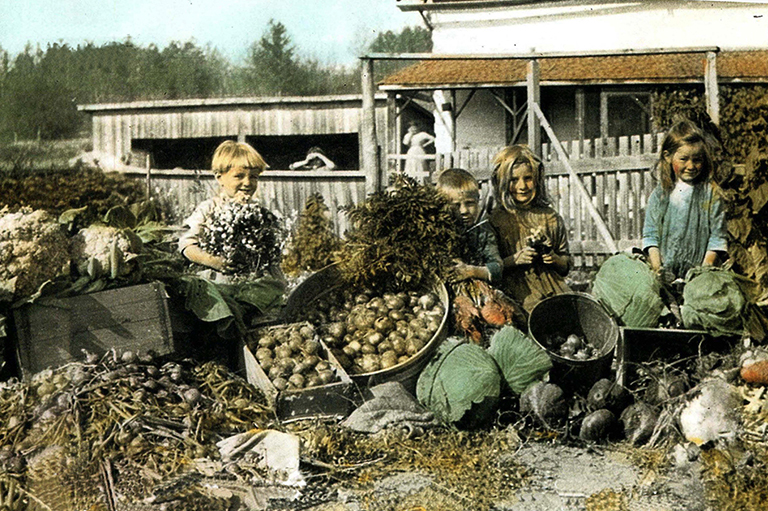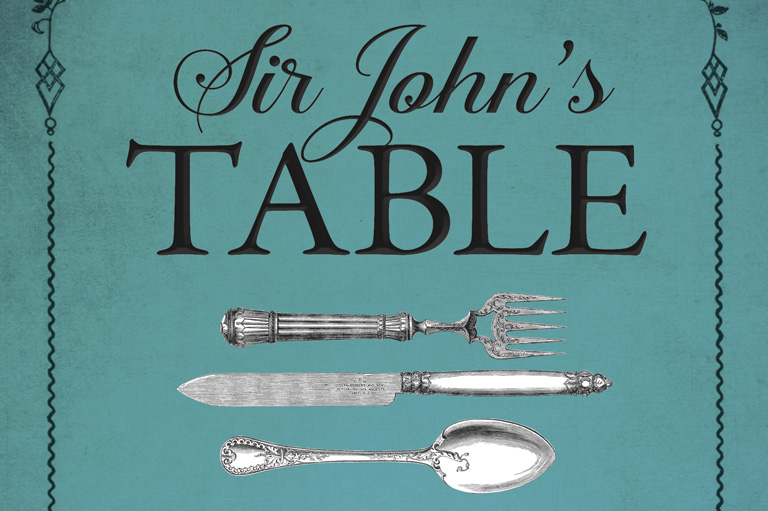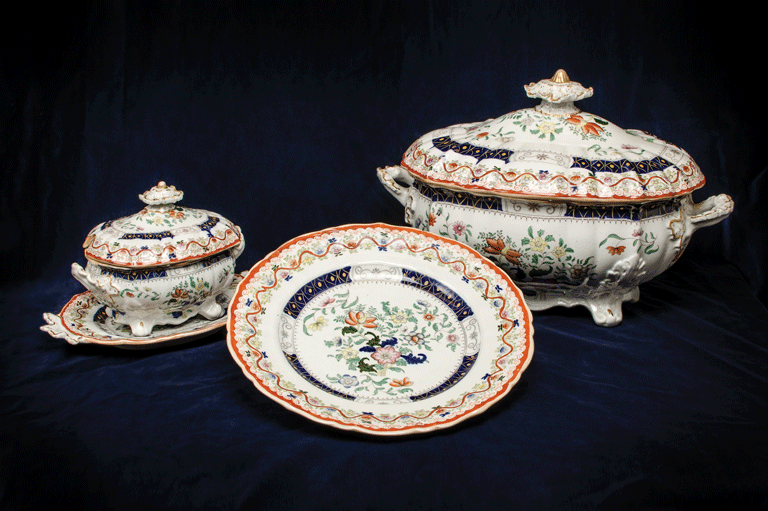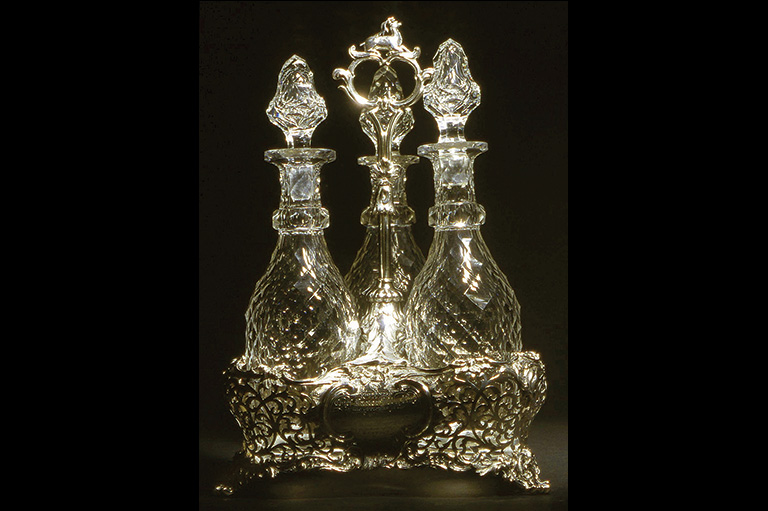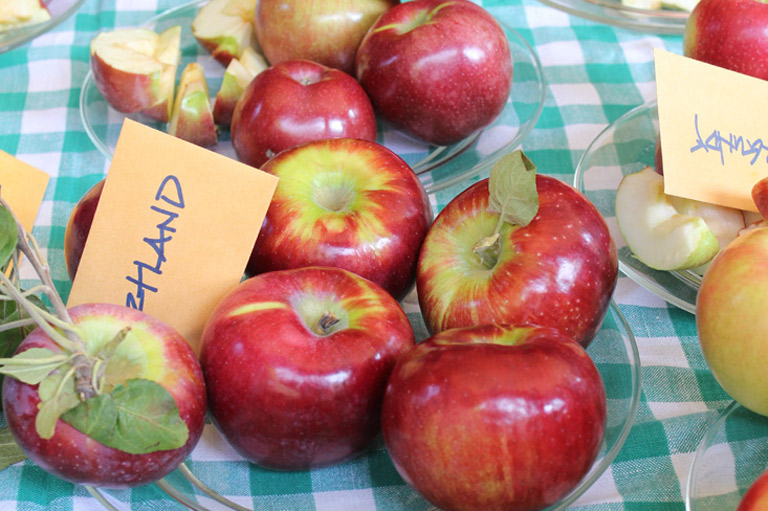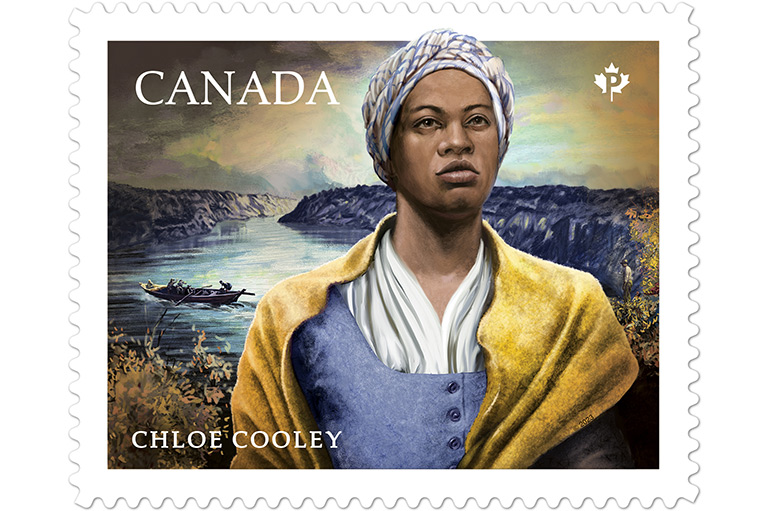The Way We Ate
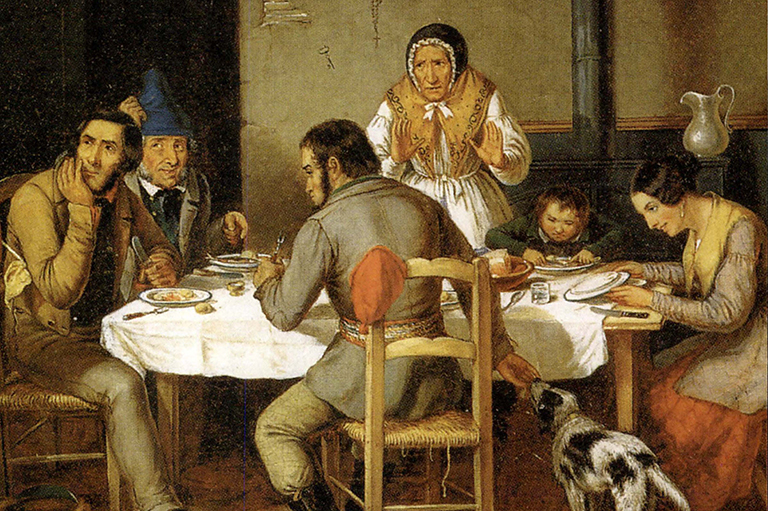
A salad bowl may symbolize Canada’s multicultural society, but a bowl of greens doesn’t go far when describing this country’s culinary history.
From the imported haute cuisine favoured by the upper crust of New France to the throw-it-on-the-fire chuckwagon cookery of the lonesome prairie cowboy, there’s a lot on the menu when it comes to Canada’s food heritage.
The way we ate says much about who we were, where we came from, and how we adapted to new circumstances. In early Canada, food was central to building and maintaining community.
In the stories on the following pages, we touch down on four culinary moments in the vast tapestry of Canadian historical life: early New France, late eighteenth-century Nova Scotia, pre-Rebellion Ontario, and Alberta in the 1920s. The cast of characters in these diaries and letters may be mostly fictitious, but the contexts of their food-ways are real. Correspondents in genuine reports were similarly eager to provide information about food for the folks at home in the old countries.
Canadian women’s two prime daily activities, as seen in the fictional accounts by “Janet,” “Ellen,” and “Maude,” were raising children and ensuring sustenance. And the story of Claude—an actual soldier in early French Canada who describes a sumptuous Christmas feast—reminds us that early Canadian cookery sometimes went far beyond the basics.
The way we eat is central to understanding ourselves as members of distinct social cultures. Newcomers to Canada sought continuity as best they could by planting seeds carried from home, or baking favourite breads, as the “Fraser” family does with their oats, or making a common item such as jam with a newly met fruit like prairie saskatoon berries, or invoking famous cooks like Vatel, the renowned seventeenth-century French chef.
One way to understand Canada is to read about our foodways. These accounts from some of Canada’s historians of food give a glimpse into part of that culinary heritage.
With 7 uniquely curated newsletters to choose from, we have something for everyone.
We hope you’ll help us continue to share fascinating stories about Canada’s past by making a donation to Canada’s History Society today.
We highlight our nation’s diverse past by telling stories that illuminate the people, places, and events that unite us as Canadians, and by making those stories accessible to everyone through our free online content.
We are a registered charity that depends on contributions from readers like you to share inspiring and informative stories with students and citizens of all ages — award-winning stories written by Canada’s top historians, authors, journalists, and history enthusiasts.
Any amount helps, or better yet, start a monthly donation today. Your support makes all the difference. Thank you!
Themes associated with this article
Advertisement
You might also like...

Canada’s History Archive, featuring The Beaver, is now available for your browsing and searching pleasure!

